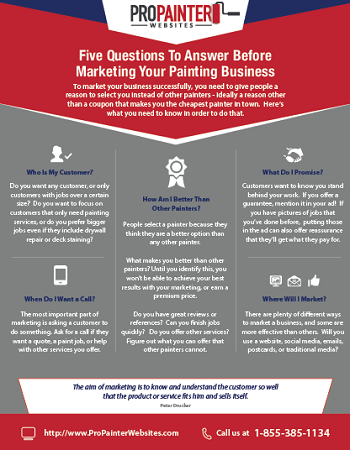Explore The Function Of Seasonal Factors In The Success Of Industrial External Paint And Discover The Best Times To Secure Long-Term Outcomes For Your Project
Explore The Function Of Seasonal Factors In The Success Of Industrial External Paint And Discover The Best Times To Secure Long-Term Outcomes For Your Project
Blog Article
https://www.countryliving.com/uk/homes-interiors/interiors/a39294534/painting-mistakes-tips/ -McLamb Celik
When you're preparing a commercial exterior paint task, seasonal aspects can make or damage your outcomes. You'll want to consider how temperature level and moisture influence paint application and drying out times. Picking the best season can ensure your paint sticks correctly and lasts much longer. Yet which seasons are genuinely the very best for this kind of job? Let's check out the key elements that can affect your task's success.
The Impact of Temperature on Paint Application
When you're planning an industrial exterior paint task, the temperature can dramatically influence exactly how well the paint sticks and dries.
Preferably, you want to repaint when temperature levels range in between 50 ° F and 85 ° F. If it's as well cold, the paint might not treat properly, bring about concerns like peeling or breaking.
On the flip side, if it's also hot, the paint can dry out too swiftly, avoiding correct attachment and causing an irregular finish.
You ought to likewise consider the moment of day; morning or late afternoon supplies cooler temperature levels, which can be a lot more desirable.
Always inspect the producer's suggestions for the particular paint you're using, as they usually offer guidance on the suitable temperature range for optimum outcomes.
Humidity and Its Result on Drying Times
Temperature level isn't the only ecological factor that influences your business outside painting job; moisture plays a considerable function also. High moisture degrees can decrease drying times significantly, affecting the overall top quality of your paint job.
When the air is saturated with dampness, the paint takes longer to cure, which can bring about issues like poor bond and a higher threat of mold development. If you're repainting on a particularly humid day, be planned for extended wait times between coats.
It's critical to keep an eye on neighborhood weather and strategy appropriately. Ideally, go for humidity degrees between 40% and 70% for optimal drying out.
Keeping these factors in mind ensures your project stays on track and supplies an enduring finish.
Best Seasons for Commercial Exterior Paint Projects
What's the best time of year for your business exterior painting projects?
https://interior-house-painters-n76420.activablog.com/33451818/learn-about-the-cutting-edge-techniques-and-trends-in-home-painting and early fall are usually your best choices. Throughout these seasons, temperature levels are light, and moisture levels are commonly lower, producing perfect problems for paint application and drying.
Stay clear of summer season's intense heat, which can trigger paint to completely dry as well rapidly, resulting in poor bond and coating. Similarly, winter months's chilly temperature levels can hinder proper drying out and healing, risking the longevity of your paint task.
Go for days with temperatures in between 50 ° F and 85 ° F for optimum results. Bear in mind to examine the regional weather report for rainfall, as wet problems can ruin your project.
Planning around these variables guarantees your paint task runs smoothly and lasts longer.
Conclusion
To conclude, planning your industrial exterior paint jobs around seasonal factors to consider can make a substantial difference in the end result. By scheduling work throughout the ideal temperatures and humidity levels, you'll ensure far better adhesion and drying out times. Remember to keep an eye on neighborhood weather prediction and pick the correct time of year-- spring and very early loss are your best bets. Taking these steps will certainly help you achieve a sturdy and specialist finish that lasts.
